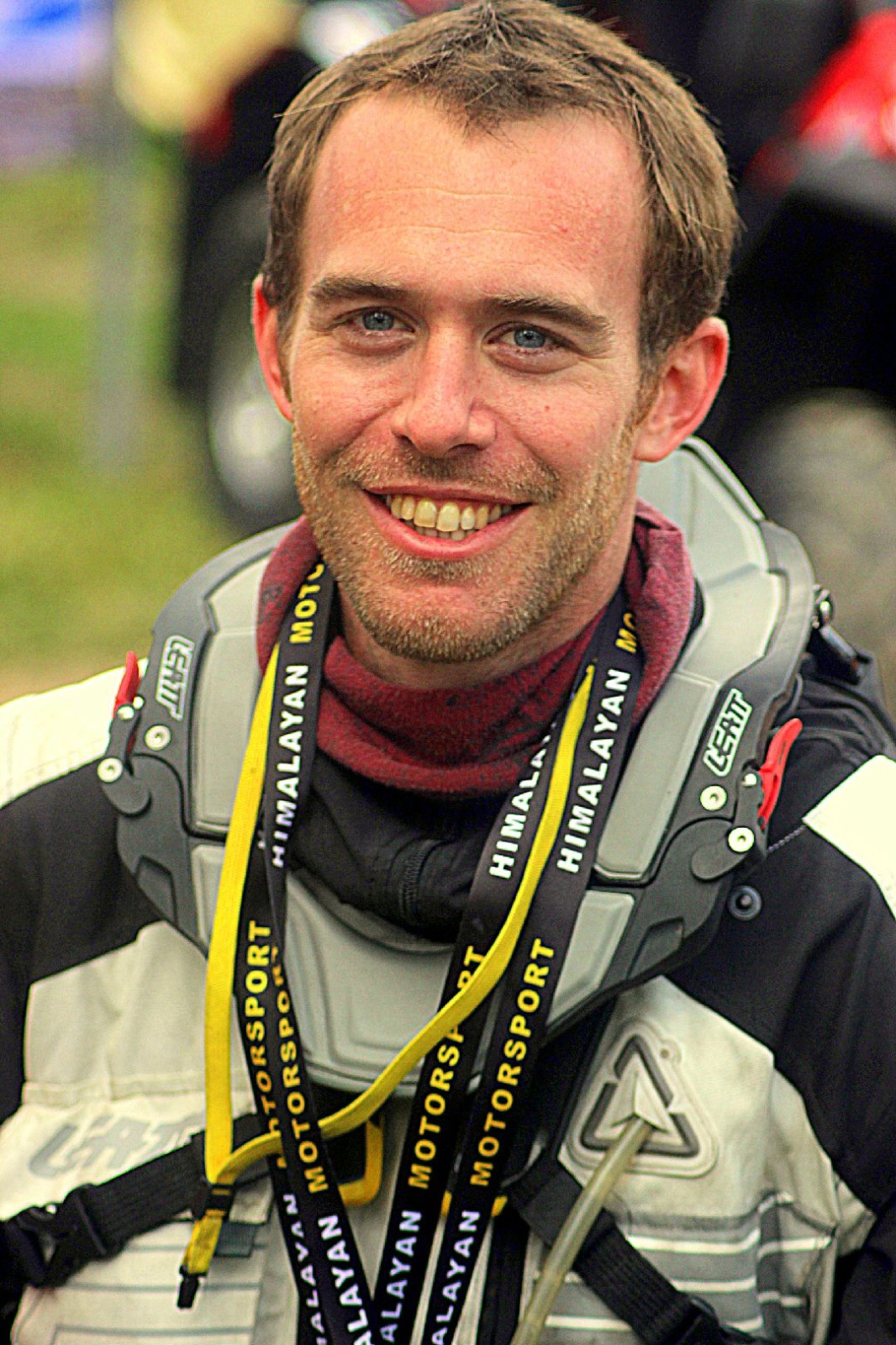The Warrior’s way
Therapy and support with the help of horses for soldiers coping with combat experiences
Founded by the Yardenay family in memory of their son Amir – a fighter in the Egoz Commando Unit who fell as a result of psychological trauma following his combat in Operation TZUK EYTAN.
Amir was born and raised in Nahalal. He was an outstanding fighter in the Egoz Commando Unit, a basketball player and coach, a motorcycle tour guide, an entrepreneur, and an active partner in the family farm.
During Operation Protective Edge, he was injured in a severe incident. Against all odds, after his injury he went on to win a motorcycle race in the Himalayan Rally – one of the toughest races in the world.
Amir suffered from PTSD as a result of Operation Protective Edge.
The Warrior’s Path was established in his memory with the purpose of providing support and assistance to IDF soldiers coping with combat experiences.
It is committed to helping those who were harmed while fighting for us, offering them a warm, loving, and supportive home.

🐴
Horse-Assisted Therapy from the Ground (Non-Riding)
A therapeutic approach recognized in the United States for treating PTSD in soldiers.
Advantages of this method:
Years of research and clinical experience show that horses have a unique ability to help people overcome emotional barriers.
It is an experiential model that enables coping with personal or group tasks simulating real-life challenges – at home, at work, and in relationships.
Horses respond authentically, without judgment, creating genuine emotional closeness and fostering mutual trust.
Sessions are based on groundwork with the horses, through connection and interaction that promote calmness and a sense of safety.
Working in a safe space allows participants to examine their behavioral patterns and practice new ones.
A deep bond with the horse is often formed from the very first session, creating a connection that provides security, love, and mutual trust.
🐴
Therapy through Horseback Riding
Riding creates two-way communication between the person and the horse. It is conducted with a certified instructor and sometimes with additional therapeutic staff.
Advantages of this method:
Reduces anxiety and depression.
Develops skills of control and communication, providing tools for coping with real-life challenges.
Encourages cooperation and self-discipline.
Sitting on a large animal instills a sense of control and security, strengthening self-image.
Builds resilience, responsibility, and mutual connection.
Calms and encourages authentic connection and cooperation with a non-judgmental and empathetic animal.
Develops the ability to set and work with boundaries.
Improves concentration and attention – the coordination between rider and horse requires continuous focus and supports inner organization.
Enhances problem-solving skills – riding requires real-time decision-making: when to stop, where to steer, how to cope with loss of control.
🐴
Therapy through Agricultural Work
Sometimes referred to as “horticultural therapy,” this approach combines practical agricultural activity – such as growing vegetables and working the soil – with an emotional process aimed at fostering personal strength and trauma recovery.
Advantages of this method:
Hands-on work with soil and plants connects people to nature and provides mental calm.
Studies show that working outdoors, especially growing one’s own vegetables and plants, helps reduce anxiety and depression, contributes to emotional regulation, and improves cognitive and social functioning, especially in trauma survivors.
Sowing, nurturing, and harvesting provide a clear framework with a beginning, middle, and end – and a sense of satisfaction upon achieving a goal.
Success in cultivation strengthens the sense of “I can” and fosters self-efficacy.
Working at a slow pace in nature, with direct contact with the soil, brings peace of mind.